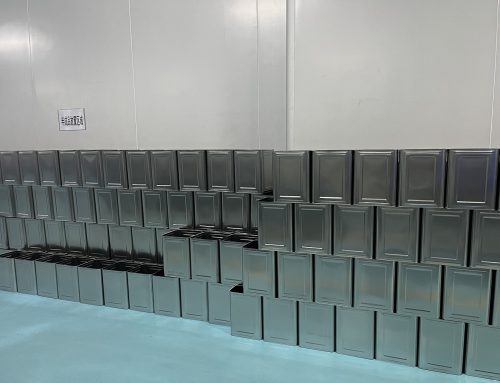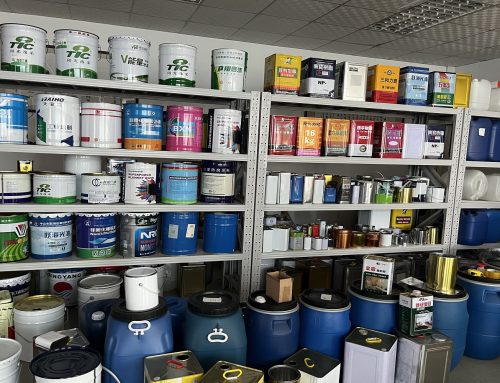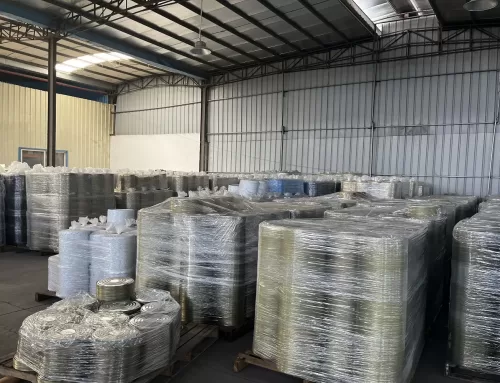Analyze the influencing factors of double curling from the principle of sealing
The sealing process of tinplate barrels is done by double crimping method. The double crimping method refers to two crimping rollers with different groove shapes, through two sequential feeding motions, at the junction of the can body and the lid, the hook edge of the can lid is hooked with the can body flanging , The method of pressing tightly to achieve the purpose of sealing. To put it simply, the first curling is hooked, and the second curling is pressed into shape.
In the sealing equipment, the roll-sealing roller and the can-supporting plate of the upper pressure head are usually called the three elements of sealing. The correct groove shape of the roller, the reasonable position of the pressure head and the proper driving force of the can tray are the necessary conditions to ensure the normal sealing. (See Figure 1) It is not difficult to see that the three elements of sealing, as the basic components of the sealing equipment, are also the basic factors affecting the double curling.
The main factors affecting double curling are as follows:
1. Physical properties of tinplate materials
such as material, hardness, etc., especially for relatively small tank diameters (such as 202 diameter tanks). If the tinplate material is thin and hard, it will be more difficult to require the density, because in this case, the plastic deformation of the material during the double crimping process is smaller, but the wrinkles will be larger.
2. the right sealing pressure
As shown in Figure A1, during the rotation of the can body, the rolling force P of the roller groove at the junction with the can lid is acted in three different directions: the radial force Pr, the axial force Pa, and the tangential force Pt. The synthesis of force. Among them, the first-pass sealing force P1 is mainly manifested as the bending deformation of the surrounding material of the can body and lid, and the second-pass sealing force P2 compression is mainly manifested as plastic deformation. The calculation of the two rolling forces is carried out through energy balance and plastic deformation. Generally, the sealing force of the second pass is 2 to 3 times that of the first pass.
In the actual operation process, the proper sealing force is achieved by the proper matching position relationship between the sealing roller, the indenter and the can tray (such as the adjustment of the inner and outer gaps between the roller and the indenter, etc.).
3. Process size of empty cans
The lid hooks and can body flanging of different can shapes should meet the corresponding process requirements. For example, poor welding (>0.5mm tailing, welding cracks) before sealing, and too large or small flanging will affect the empty can. Roll seal performance.
4. the groove shape and material requirements of the sealing roller
Generally speaking, the sealing rollers of different can types have different groove shapes. Generally, the groove of the first roller is deep and narrow, and the groove of the second roller is wide and shallow. At present, the commonly used reels of domestic sealing equipment are mostly medium carbon steel, such as 45#, 40Cr, with short service life, and the output is only limited to 200 to 300,000 cans; the commonly used reels for more advanced sealing equipment are generally 4Cr13, 9Cr18 and other stainless steels. It is made by vacuum heat treatment. It has high hardness, good wear resistance and long life. It can make about tens of millions of cans.
Among the three elements of sealing, the sealing roller is a vulnerable part. It should be polished or replaced with 1 000# or 1 200# water-based sandpaper in time depending on the production situation, so as not to affect the process performance of the curling and sealing.
5. the coating state of the sealing paint
The correct coating position distribution of the plastic film in the crochet side of the can lid is: about 70% in the crochet side and about 30% in the flat surface. In addition, the size of the rubber modulus must meet its own process requirements. If the amount of glue is too large, it is easy to form squeezed glue, and if the amount of glue is too small, it will not function as a sealing filler.
6. The correct operation and adjustment of the operator
The skilled technical skills and operation level of the operator, as well as the necessary daily maintenance and maintenance are also a factor that affects the double hemming. For example, when you need to make necessary adjustments when changing the tank type or when there is an abnormality in the roll seal, correct and reasonable adjustments are also very important in addition to replacing the necessary parts. Generally, under the proper driving force of the can tray, first check the Tc value of the head edge width (2.20±0.10mm), and then visually observe the tightness of the curling edge around the can lid. Check appearance defects and various size and craft requirements. Make correct analysis and judgment for the causes of different defects before making adjustments.
Note: (1) The size specifications are measured by anatomical experiments; (2) The first hemming is the basis and premise of the second hemming, and it is generally checked at least once a week during normal production.
7. The integrity of the equipment
The integrity of the sealing equipment directly affects the sealing performance of the sealing process, which is related to the correct operation and maintenance of the operator.
8. Use of can lid (easy open lid or bottom lid)
Theoretically, the easy bottom covers produced by different manufacturers should be interchangeable with the indenter. But in fact, there are many domestic can lid production lines at present, and the dimensions of the can lids produced are still different from international regulations, which are mainly reflected in the height of the can lid countersunk and hook edge, and the deviation of other dimensions is not large, as shown in Figure 2.
Therefore, pay attention to the following aspects during actual use: (1) The material of the bottom cover should be good, which must have a certain tensile strength and flexibility; (2) Structure size; (3) Dry weight of sealant ; (4) Breaking force; (5) The tightness of the easy-opening lid, bottom lid and the pressure head should be appropriate (the former can rotate slightly with each other, and the latter is relatively tight); (6) The production of empty cans Appropriate amount of liquid paraffin or vegetable oil should be applied to the curling part before or after the solid tank is sterilized to prevent mechanical scratches and rust.
2. From the sealing structure to see the process requirements of double crimping
The appearance requirements of the tinplate barrel sealing process are mainly manifested in: (1) The double crimping should be uniform and smooth, and the surface should be free from obvious oil and damage; Defects such as thread, extrusion, etc.; specification and size requirements are mainly manifested in: (1) The curling size of different can types must meet the corresponding process size requirements; (2) Splicing length and splicing rate, tightness, and seam cover hooks Complete rate.
The sealing structure of double crimping can be sampled by a can edge cutter, and the hooking state of the can body hook BH and the can lid CH can be clearly seen on the projector. The five-layer structure is shown in Figure 3.
Then, how to obtain a good sealing structure and normal curling in the process of empty can production or full can filling? In terms of quality control requirements, the following points must be noted and met:
1, W, T, H
The three-point size (W, T, H) of the crimping seal anatomy experiment should be uniform, and the deviation of the internal size (BH, CH) should not exceed the given value.
2, overlap length OL and overlap rate OL%.
OL≥0.95mm~1.2mm, OL%≥60%~75% when sealing aluminum alloy easy-open lid; OL≥1.00mm, OL%≥50% when sealing tinplate bottom or easy-open lid. There are three methods for OL and OL%: calculation method, projector trimming method, and look-up table method.
3, wrinkle degree WR% and tightness TR%.
The tightness of the sealing structure is an important indicator of the tightness requirements of the can. It is usually evaluated by the size of the wrinkles measured in the lid hook during the visual dissection experiment. ~50% Ⅱ degree, 60%~100% Ⅲ grade three, that is, the corresponding TR% ≥ 75%.
4. The completeness rate of the seam cover hook is JR%.
refers to the formation of insufficient effective cover hooks caused by the inverted lip of the outer crimping cover hook of the weld seam. Generally, JR% does not require additional requirements under the conditions of OL, OL% and TR%.
3. The necessity and importance of establishing a three-level inspection network
The production of empty tinplate barrels is an assembly line operation, and problems in each production link will directly affect the normal operation of the next process. Therefore, in order to obtain a good quality of the roll seal, it is necessary to do a good job of quality control inspections between each process, eliminate the problem in each production link, so as not to flow into the finished product.
The three-level inspection network is the production self-inspection of this process, the quality mutual inspection of the previous and subsequent processes, and the quality random inspection in the production process. Only with the establishment of a three-level inspection network can product quality be guaranteed. The sealing quality is inseparable from the three-level inspection network.
In the quality control inspection process of the finished product, the quality of the seal is an important indicator of the overall quality inspection. Under the condition of meeting the external process dimensions, the main attention is: 1. Card cans, etc.; 2. Sealing structure and specifications and size requirements; 3. Tightness requirements. The air pressure inside the empty tank is 0.15Mpa without leakage, tank expansion and deformation for 1min. If the solid tank is sterilized at high temperature, the tank will not expand or leak.
In short, after the analysis of the above aspects, we have a preliminary understanding of the quality and comprehensive control of the sealing process. When there are different crimping quality defects, we can make timely and accurate analysis and judgments.
More: Tin Can Making Machine




